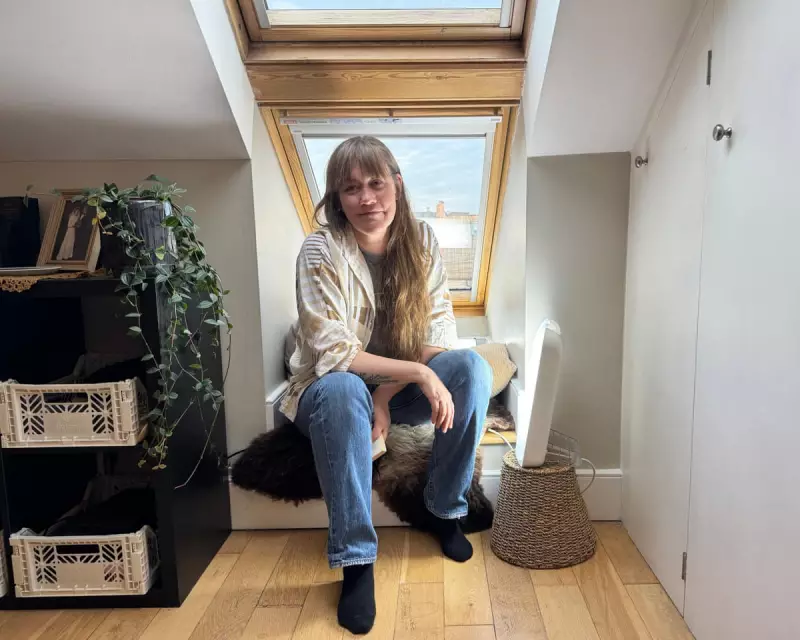
For journalist Jessica Furseth, winter has always felt like a battle against darkness both outside and within. Since her teenage years, she's experienced the debilitating effects of seasonal affective disorder (Sad), a condition that transforms the colder months into a period of exhaustion and low mood.
The relentless cycle of winter gloom
Jessica describes herself as "half human, half plant" due to her profound need for light to function properly. While she thrives during brighter seasons, the fading light of winter triggers a noticeable decline in her wellbeing. Her experience with Sad has ranged from excessive tiredness and carbohydrate cravings to breaking down crying on the kitchen floor after school because the world felt "so cold, dark and bleak."
The condition made it impossible for her to enjoy the supposed cosiness of early winter, instead feeling like a "curse waiting to pounce" that would inevitably last throughout the entire season. After years of losing months to this annual gloom, Jessica decided to take radical action by diving deep into the science behind seasonal affective disorder.
The scientific breakthrough that changed everything
While researching for a feature article, Jessica consulted with a serious-faced Finnish scientist who provided specific, life-changing advice. The prescription was straightforward yet precise: sit in front of a light box emitting 10,000 lux for up to an hour, at least five times weekly, beginning a couple of weeks before symptoms typically appear.
The scientist explained that eight out of ten people experience positive results with this method, with one crucial detail making all the difference: the light therapy must occur soon after waking, ideally before 10am. This timing is essential because it helps regulate circadian rhythms, which govern everything from hormone production and hunger signals to immune function, alertness, memory, and sleep patterns.
"The darkness sets people with Sad adrift because our bodies can't keep track of the time," Jessica explains, highlighting how crucial morning light exposure is for resetting the internal body clock.
Transforming theory into daily practice
Despite previous unsuccessful attempts with Sad lamps and lunchtime walks, Jessica decided to follow the scientist's instructions to the letter. She purchased new bulbs for her decade-old Sad lamps and created a dedicated morning routine in a window seat that catches the morning sun, or at least an overcast approximation of it.
Every morning throughout last winter, Jessica would sit with her coffee and a book, bathing in the blinding light from lamps positioned on either side of her. The results shocked her with their effectiveness. While she still experienced occasional gloomy days, the light routine helped her maintain her normal self through most of the winter.
Instead of sinking into afternoon tiredness as daylight faded, Jessica found herself ready to take on the day. She discovered she could skip occasional mornings without ill effects, but soon felt drawn to the light because she knew it would brighten her mood, particularly on rainy days.
Beyond survival to actually thriving in winter
As winter progressed, Jessica realised the benefits extended far beyond basic energy maintenance. She found herself with enough vitality to actually enjoy the season rather than merely enduring it. Instead of preferring a blanket on the sofa most January nights, she felt enthusiastic about going out for dinners and weekend dancing.
Most remarkably, the therapy enabled her to appreciate winter's beauty for the first time, simply because she was "awake enough to notice." Now, as winter approaches again, Jessica has returned to her bright window seat routine, no longer afraid of the dark months ahead.
The combination of specific timing and consistent practice transformed her relationship with winter, proving that with the right scientific approach, even long-standing conditions like seasonal affective disorder can be effectively managed.





